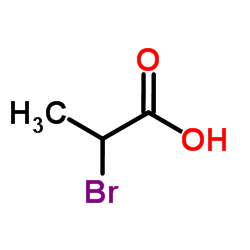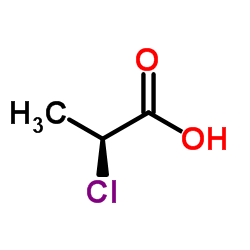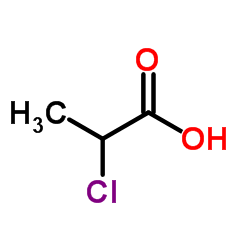| Structure | Name/CAS No. | Articles |
|---|---|---|
 |
2-Bromopropionic Acid
CAS:598-72-1 |
|
 |
(-)-2-Chloropropanoic acid
CAS:29617-66-1 |
|
 |
2-Chloropropanoic acid
CAS:598-78-7 |